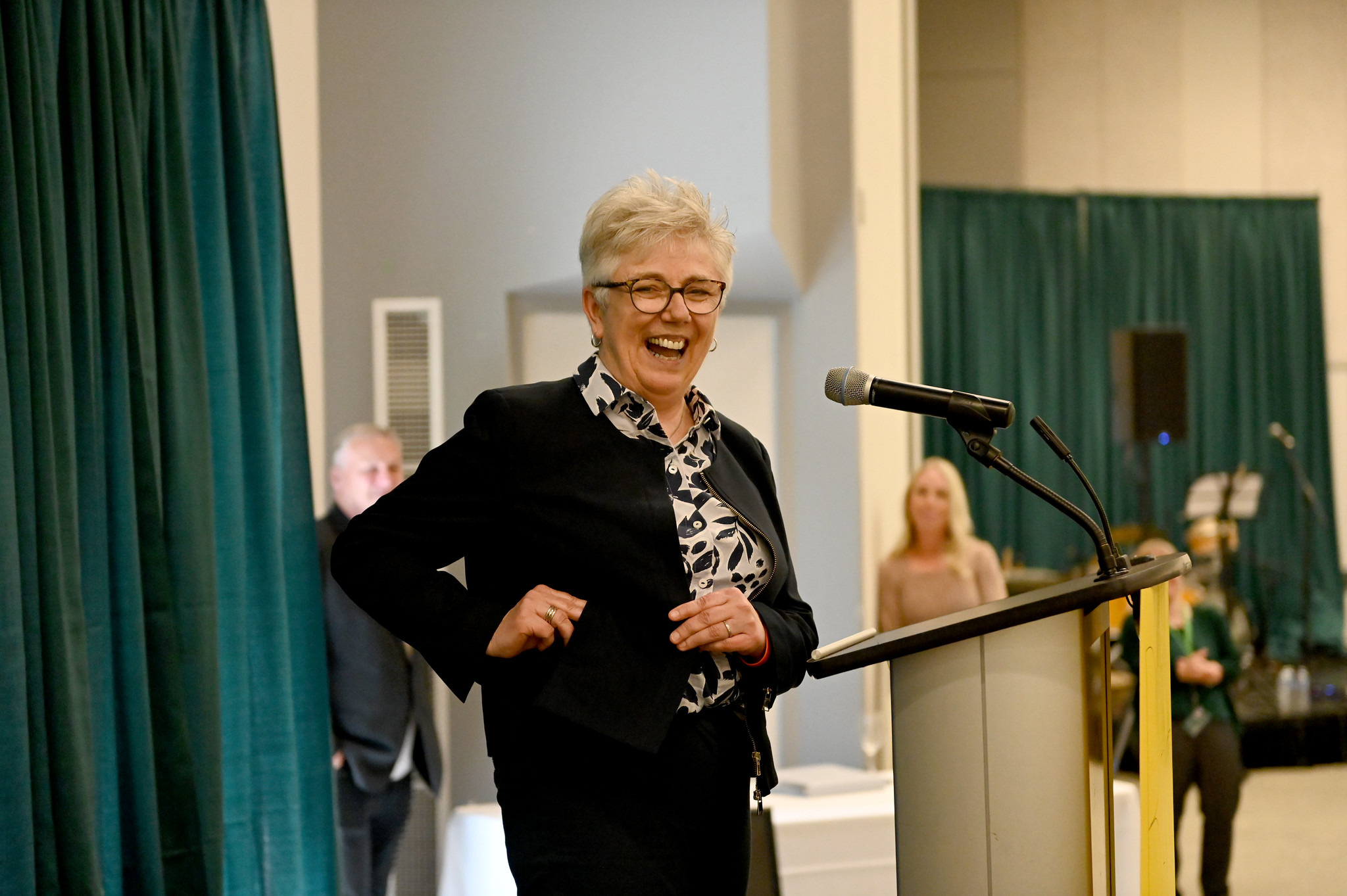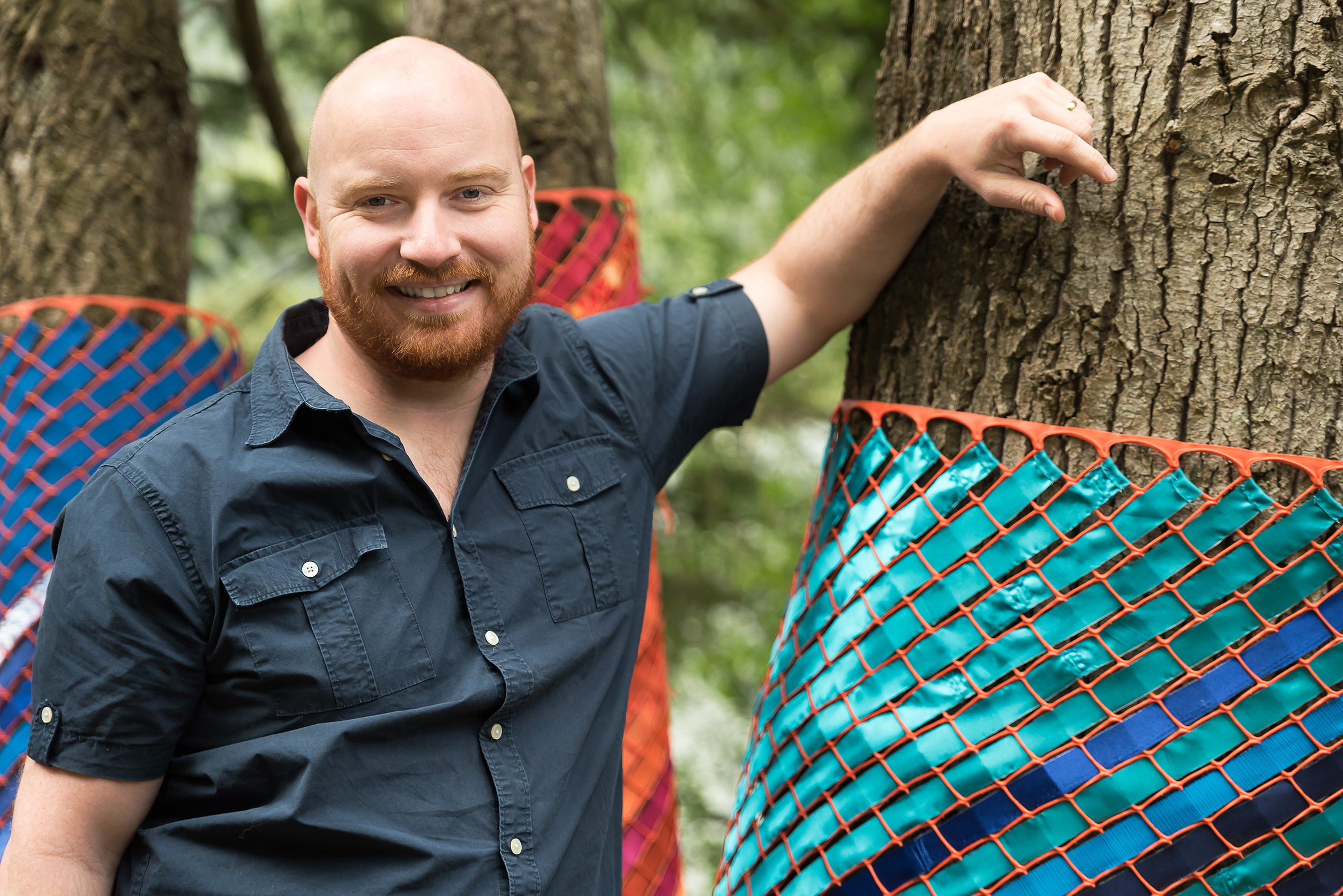Up on the rooftops: UFV students help create gardens in India

What were three young Canadian students doing in crowded bustees on the outskirts of Chandigarh? We posed this question to Stacy Thoreson (a Sociology/Anthropology student), Adam Rieu (a Geography student) and Kathryn Shiratti (a Geography graduate) from the University of the Fraser Valley (UFV). The answer we got was not only inspiring but loaded with a promise of a greener and better future.
The three Canadian students worked on an urban agriculture project, with financial support from the Canadian International Development Agency (CIDA) and the Association of Universities and Colleges of Canada (AUCC). Working in partnership with a local non-governmental organization, Developing Indigenous Resources (DIR), and Panjab University, the students helped residents of the congested Janata Colony and Adarsh Nagar grow vegetables on their rooftops.
Here are excerpts from an interview with Thoreson, Rieu and Shiratti.
Why did you choose to work on this project and what do you aim to achieve?
In 2011, UFV partnered with DIR and launched the rooftop gardening project in Chandigarh. Households in the localities chosen for the project are crowded together and inhabited by economically weaker sections. The project aims to educate the residents to grow vegetables and herbs on their roof-tops for their own consumption, thereby improving their nutrition. The residents are provided the necessary supplies; such as soil, seeds, and pots. In addition, each household is instructed on seasonal varieties and pest control.
Over the past year, UFV students have surveyed the households in the project areas to determine the interest level and have found many positive responses. Vegetables such as basil, tomatoes, onions, eggplant and chilies were found to be most popular for growing on the rooftops. In the second phase of the project this year, UFV and DIR hope to expand the number of participating households and create a demonstration garden on the roof of the DIR office located in Adarsh Nagar.
What are the benefits of the project for the local residents?
There are both direct and indirect benefits. The most direct benefit is that with a ready supply of fruits and vegetables, families are getting proper nutrition every day. Vegetables grown at home are healthier because of the limited amount of chemicals used in the growing process. Residents are encouraged to use natural inputs such as vermin-compost, a type of compost produced by worms that allow plants to take in nutrients; natural pesticides, such as garlic and onion sprays, introducing natural predators (ladybugs) to control pests (aphides) and companion cropping, where planting certain crops together helps deter certain pests from destroying the harvest.
One of the indirect benefits of the project is that it allows people to understand where food comes from, and empowers them to take a more active role determining what they eat. Additionally, an abundant supply of plants on the roof helps regulate temperatures by providing a layer of insulation. In the summer, this crop cover helps maintain cooler temperatures inside the house, whereas during winter, it helps homes keep warm by preventing the heat from escaping. Growing vegetables and herbs at home also keep the food costs down for the family. The costs involved are far lower than purchasing vegetables from the market. There is also the possibility for economic growth through selling of surplus produce.
How many houses have been covered by the project so far and what is the target number?
The pilot project initially provided two pots prepared with seasonal vegetable seedlings to 40 households. The target goal in the final stages of the project is to have 100 houses participating successfully. From our preliminary follow up survey and statistics since the pilot project, we have found that most original participants are continuing with their gardens and have taken the initiative to grow more than what was provided to them. In collaboration with the Geography department of Panjab University, we have also begun Geographic Information System (GIS) mapping of Janata Colony to create an accurate digital map of the region.
Another stream of our project involves teaching at Sikhya School, one day per week. Sikhya caters exclusively to underprivileged children. No fees are charged to the parents and all learning, sports and hobbies material is provided free of cost. Grade eight and grade ten students are encouraged to grow class gardens and are learn important aspects of health and nutrition in the process. This has been a rewarding experience as the impact of our teachings is very visible.
Tell us more about your NGO partner organization.
UFV has partnered with DIR, a Chandigarh-based NGO, and Panjab University for this project. Since 2006, DIR has worked to improve the quality of life for those living in the neglected areas of Janata Colony and Adarsh Nagar on the outskirts of Chandigarh. Their efforts have focused on health and nutrition, immunizations for children as well as pre-nursery and after school programs.
How can our readers learn more about the “Rooftop gardening” project?
We are yet in the beginning stages of creating a blog for our project but readers are welcome to see what has been done so far by checking out www.sfdblog.ca/stacy-ufv/
What have you gained personally from this project?
Working with the local people, especially children, has been a wonderful experience. We arrived in India at the end of August and will be here until the end of November. The next batch of interns will arrive in January. We have enjoyed our time here and are excited to see the changes that are happening quickly. The colony is going to be greener in no time!




